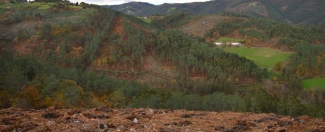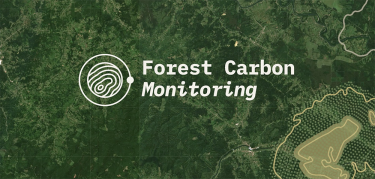Decision support tools

As knowledge on forest ecosystems is increasing and the sustainability concept increases the number of parameters to consider, the need to improve decision making on science based knowledge becomes obvious.
Planted forests with standardised management - most often containing monospecific and even-aged stands - have been studied and used to design advance modelling tools more than any other forest type. EFIPLANT/EFIATLANTIC has always been active in promoting the use of such tools developed by its partners.
Initially, it was involved in building generic economic modules for decision making tools, such as CAPSIS, profitability being a key issue for forest managers. It then went on to demonstrate their value in partnership with the tools builders in projects such as FORRISK and PLURIFOR.
In these projects,they were used to estimate value at stake: an important aspect of forest risk to help managers compare forest management options in multicriteria analyses.
In PLURIFOR, this growth model was adjusted to estimate the loss induced by defoliators (on eucalyptus and pine) and by fomes on pines, leading to economically based management option assessments.
In Tech4effect, using additional information such as allometric equations and machine characteristics, it has been possible to compare the sustainability impacts of harversting maritime pine stumps. In the GENTREE project, growth models were used to understand how much genetic gain can produce economic gain, while in SUSTFOREST+ it was possible to compare management techniques for resin harvesting in pine plantations using some growth model results associated with historical management data and socio-economic data.
EFIPLANT also contributed to showing the modelling potential for decision making at the landscape level.
In the INTEGRAL project, stand simulations were run using tools developed by INRA and IRSTEA colleagues with the CAPSIS platform to simulate the forest management of forest owners under different scenarios (industrialisation, local transformation, biomass demand, etc.). It was also possible to determine landscape level evolution (100,000 ha) of indicators, such as total timber value, fire risk, wind vulnerability and carbon storage.
All of this information has been transmitted via articles in native language, workshops, websites with FOREMODELS database and review papers, and presentations. It is still of interest for initiatives such as FORLAND (for monitoring tools) or TREFFOR and AFORCE (for prospective studies). However, a lot needs to be improved and transferred, to facilitate uptake by forest wood chain stakeholders who are willing to compare management options and to forecast the evolution of landscape and regional resources.
Written by Christophe Orazio (EFI) and edited by Stephanie Hayes (Hayes4Com)


